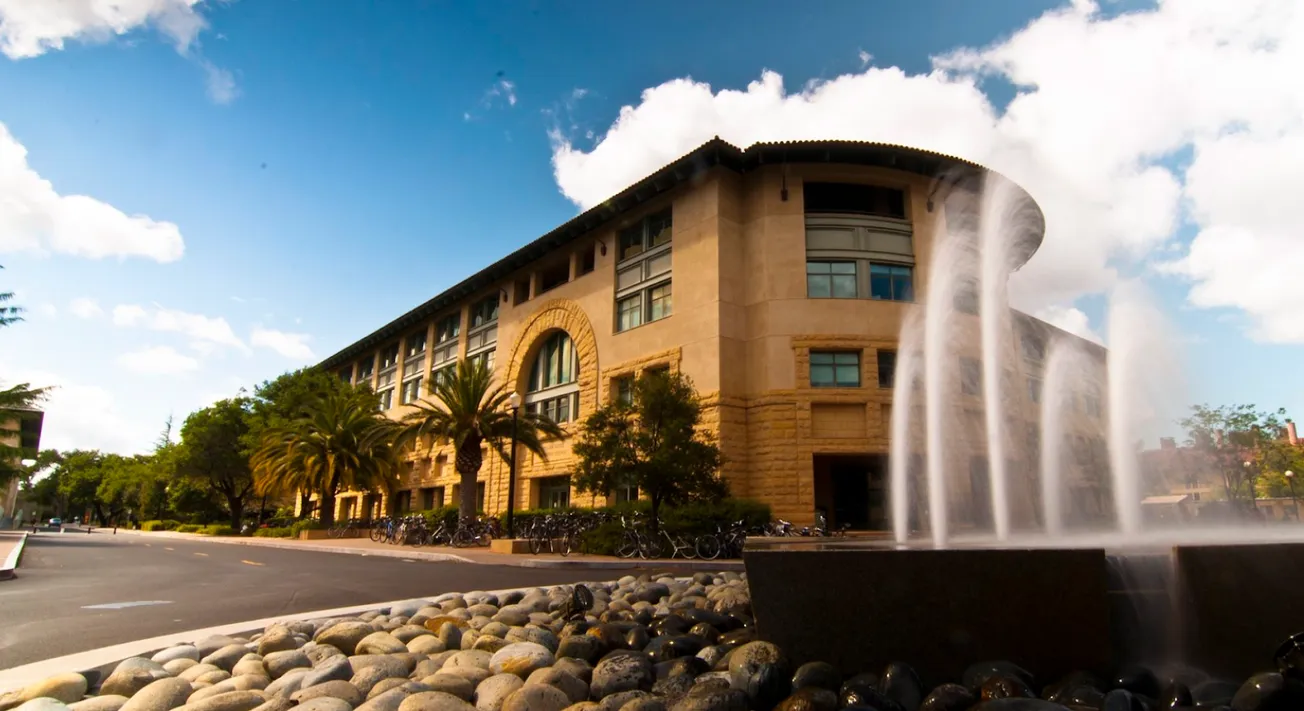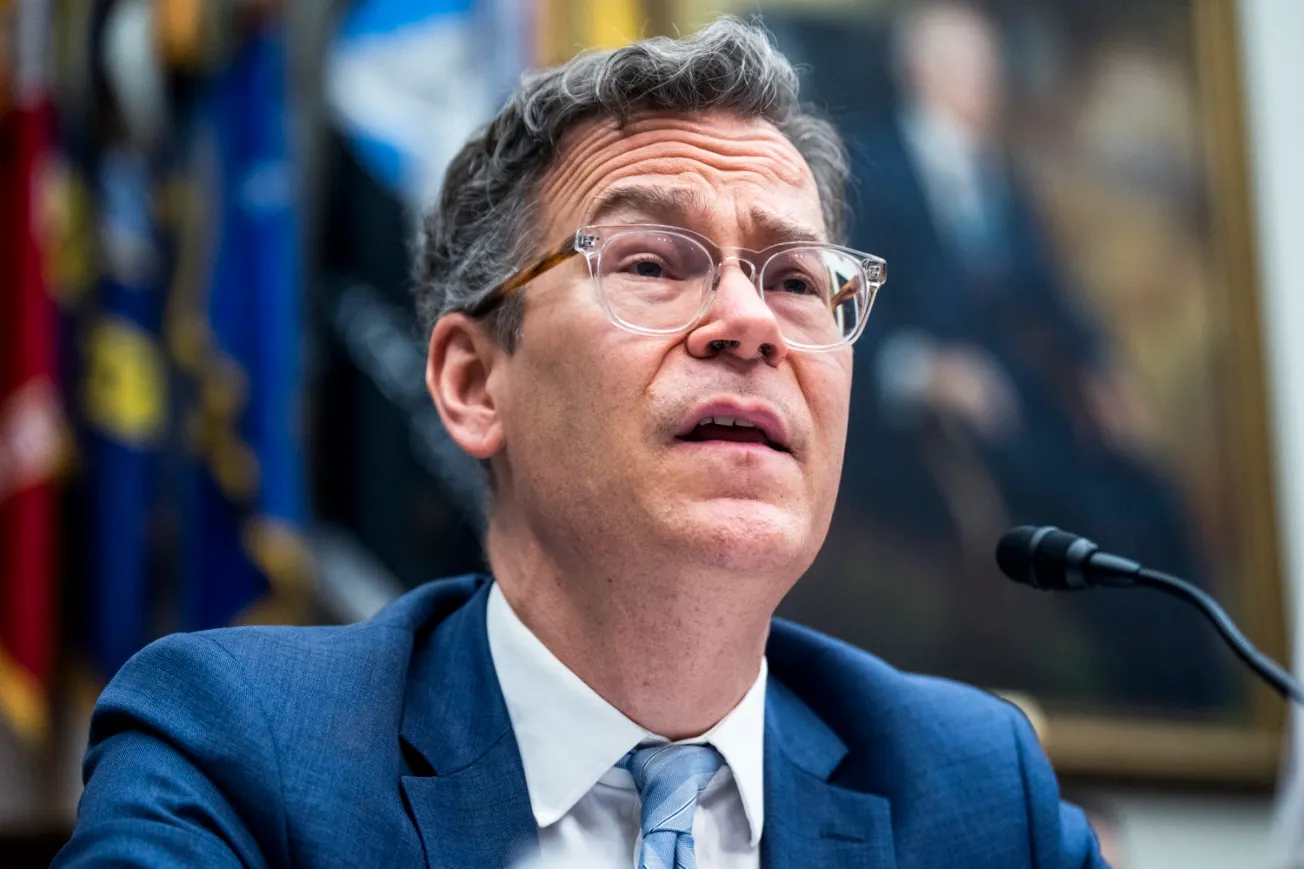Table of Contents
A recent article in the Stanford Review argues that international students weaken America by diluting the Western Tradition, lacking the capacity for civic engagement, and threatening the patriotic spirit that makes America so great. In reality, that view is historically and factually incorrect.
The Western Tradition at American universities was never purely Western in the first place. After the fall of the Roman Empire, Syriac Christian scholars preserved Greek philosophy by transmitting Aristotle’s ideas into Syriac and later, Arabic. Under the Abbasid caliphate, translators in Baghdad then expanded the corpus before returning it to Latin Europe. Those translations eventually shaped the Enlightenment’s thinkers like Locke and Jefferson, who defined America’s liberal arts curriculum. In other words, the Western canon was born through global collaboration. That is why when policymakers talk about capping international students or conditioning funding on ideology, they misunderstand what America's real threat is. The threat to America, a nation built by immigrants, is not immigration but the shrinking ability to attract world-class talent. Stanford should resist that threat.
Universities are not designed to imbue patriotism; they are systems for innovation. And innovation, by nature, follows the power law, which says the following: A small number of people create most of the value. Now, the question is, how do we capture those people? The only logical strategy is to cast the widest net possible and bring them to the United States. To bind them under American incentives, rules, and society. But if we wanted to cast a wider net, why not expand access to underrepresented Americans in the Midwest and South? We could, but that still wouldn’t be enough. The United States has about 4% of the global population. Capping Stanford’s intake to that 4% would mean competing in a self-imposed ceiling, and the odds of capturing the top 0.001% of innovators would be even rarer. America’s universities won’t win because Americans are smarter, but by attracting the world’s smartest. That is why nationality quotas do not harness innovation but shrink it. If innovation were purely domestic, then America could tolerate this narrow net. But it is not. According to the National Foundation for American Policy, over 25% of U.S. unicorn startups had at least one founder who arrived as an international student. 55% of America’s startups valued at $1 billion or more were started by immigrants. 64% of unicorns were founded or cofounded by immigrants or the children of immigrants. And finally, almost 80% of America’s unicorns have an immigrant as a founder or in a key leadership role. Many of these companies then end up hiring Americans, paying US taxes, and serving as hubs for American innovation.
The claim that international students are eroding liberal values depends on the unproven premise that values are only inherited by proximity to natives and that clusters of international students block that transmission. That premise is false. Freedom of speech, property rights, and the rule of law aren’t inherited; they’re learned by living under them. Clustering doesn’t prevent that process; isolation from American institutions does. Still, Stanford must not assume that exposure alone generates assimilation. International students often cluster together, speak their own language, and build separate social circles. In a sense, they fail to embrace the shared civic framework that is needed in American society. But that is not a cultural flaw from our international students; it is an institutional one.
Stanford needs to require certain integration norms, such as courses on the liberal foundations of U.S. institutions like the Constitution, courts, free market, and press. It must also create a residential program that purposely mixes domestic and international students together even if that means abolishing affinity houses such as Okada or Hammarskjöld. Diversity without unity breeds isolation; unity without diversity breeds stagnation. It is therefore in Stanford’s interest to find a balance between the two.
Research security, on the other hand, is a very real issue. Earlier this year, The Stanford Review published Uncovering Chinese Academic Espionage at Stanford, which describes the risks posed by malicious foreign actors to our campus. The danger cannot be dismissed, but false solutions are worse than the problem itself. Ideological tests would punish thousands for the actions of a few and damage the very institutions that make America competitive. We are already seeing the effects of this paranoia: Just this week, a star AI researcher resigned from Anthropic over its anti-China policies and announced plans to return home. So, the answer is clear. We don’t need to instill fear, but calibration, i.e., classifying sensitive labs for extra vetting, demanding disclosure of foreign ties, and instituting harsh penalties for violations. This protects the integrity of research without narrowing the talent pool.
Yet, the danger of that net shrinking is already happening. The Washington Post recently published the draft text of the administration’s Compact for Academic Excellence in Higher Education, which gives universities priority funding if they cap international enrollment at 15% and adopt a series of discriminating requirements. If implemented, Stanford would face a choice: surrender its global competitive edge or lose out on Washington’s money. International students are not undermining the American university system. They are choosing it. They are the very proof of its attraction and the source of its global edge. Stanford, more than anywhere else, has built its reputation on being a magnet for global talent. To retreat from that tradition would be to retreat from the very foundation of what a university is.





